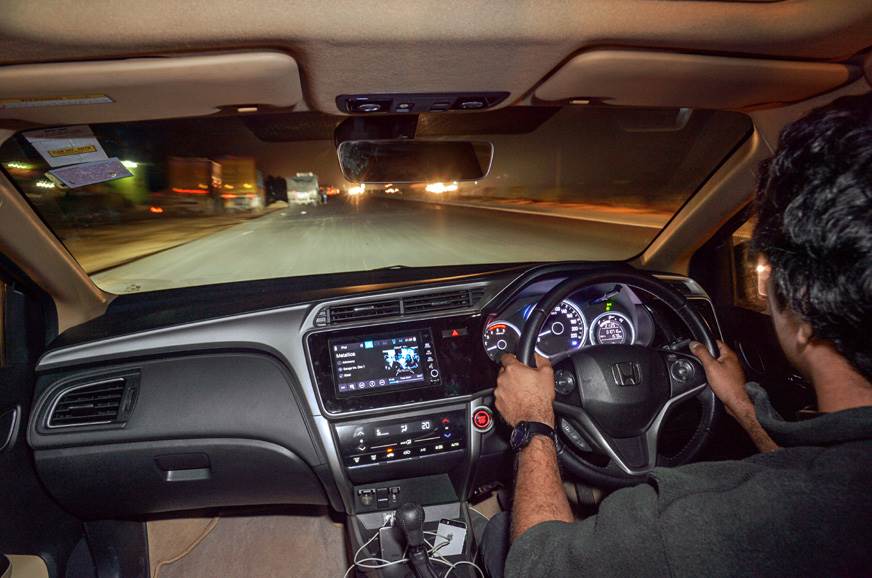Things To Know About Car & Driver In India

The relationship between a car and its driver is a special one, and in a diverse and dynamic country like India, this connection takes on a unique significance. India's bustling roads, rich automotive culture, and varied driving conditions all contribute to shaping the way cars and drivers interact. Here are some important things to know about the car and driver dynamic in India:
1. Diverse Automotive Landscape:
India's automotive market is diverse, offering a wide range of options for both car enthusiasts and everyday drivers. From compact hatchbacks to luxurious sedans, and rugged SUVs to efficient electric vehicles, the Indian market caters to a variety of preferences and budgets. This diversity reflects the varied needs of Indian drivers, from navigating congested urban streets to undertaking long road trips across diverse terrains.

2. Traffic and Road Challenges:
Navigating India's roads can be an adventure in itself. Traffic congestion in major cities is a common challenge, requiring drivers to be patient and adaptable. Lane discipline and adherence to traffic rules are often put to the test, making defensive driving an essential skill. The presence of pedestrians, cyclists, and animals on the road also demands constant attention and quick reflexes.
3. Road Etiquette and Communication:
Indian drivers have developed a unique form of non-verbal communication on the roads. The use of horns has evolved beyond a mere warning mechanism. It's a way for drivers to communicate their presence, intentions, and urgency to others. A short honk might signal a friendly acknowledgment, while a longer honk could indicate frustration or a request to give way.
4. Chaotic but Organized:
While Indian roads might seem chaotic to outsiders, there is a certain organized chaos to the way traffic flows. Drivers often make split-second decisions and maneuver their vehicles through tight spaces with impressive precision. This adaptability is a reflection of the resourcefulness that is a hallmark of Indian driving culture.
5. Driving Habits and Norms:
Indian driving habits can be quite different from those in Western countries. It's common for drivers to use hand signals to communicate with other road users, such as indicating a left or right turn. Overtaking from both the left and right sides is also a practice that can take newcomers by surprise. Understanding these local norms is essential for a safe and smooth driving experience.

6. Family-Centric Travel:
In India, cars often serve as family vehicles, accommodating multiple generations on a single journey. This family-centric travel culture places a premium on comfort, space, and features that cater to the needs of passengers. Hence, features like spacious rear seats, ample legroom, and infotainment systems hold great significance.
7. Emergence of Electric Vehicles (EVs):
As the world shifts towards sustainable transportation, India is also embracing the electric vehicle revolution. With a focus on reducing emissions and dependence on fossil fuels, EVs are gradually gaining traction. From affordable electric two-wheelers to luxury electric SUVs, the EV market is expanding, and drivers are increasingly considering eco-friendly options.
8. Regional Influences:
India's cultural and geographical diversity extends to its driving practices. Different regions might have their own driving styles and preferences influenced by local conditions and customs. For instance, hill regions demand vehicles with robust engines and strong braking systems, while coastal areas might prioritize corrosion resistance due to high humidity.
9. Safety and Awareness:
Road safety is a growing concern in India. As the number of vehicles on the road increases, so does the need for safety measures. Drivers are becoming more conscious of the importance of wearing seatbelts, obeying speed limits, and avoiding distractions while driving. Additionally, awareness campaigns and initiatives are working towards creating a safer driving environment.
10. The Joy of the Journey:
Amidst the challenges and uniqueness of driving in India, there is an undeniable joy in the journey. From scenic road trips through picturesque landscapes to the shared camaraderie of road travelers, the experience of driving in India is more than just a means of transportation—it's an adventure that connects people and places.
Conclusion:
The relationship between car and driver in India is a complex interplay of diverse vehicles, road challenges, cultural norms, and evolving trends. Navigating India's roads requires a blend of skill, adaptability, and a keen understanding of local practices. As the automotive landscape continues to evolve, the car and driver dynamic in India remains a fascinating and integral part of the country's identity.

